Tomorrow’s livestock
Why is it so important to control the fertility of our herds?
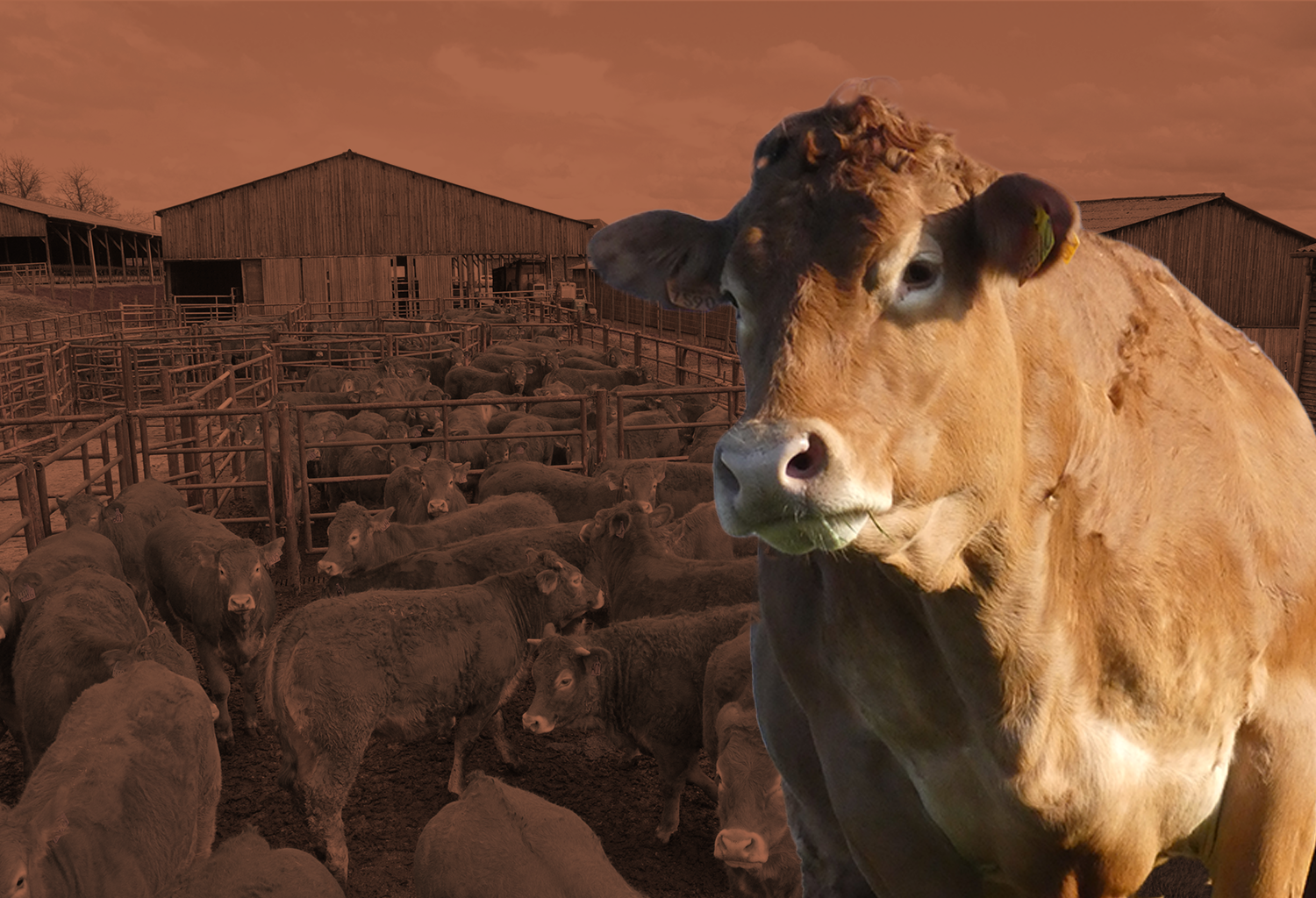
- In suckler farming, theVCI (Calving-Calving Interval) is the 1st economic indicator that explains the income to the breeder.
- Let’s take the example of a Limousin cattle breeder with 130 calvings/year; a renewal rate of 20% (i.e. 26 heifers kept); a sale of 5 males for breeding; and a supposed sale of 99 steers/year if the average LPI of the herd is 365 days (OBJECTIVE OF ONE calf/cow/year).
- If the herd’s average LPI is 390 days instead of 365, the farm actually loses €10,320 in sales by not selling 8 grazers over the campaign.
- Breaking down the calculation :
- 25 extra days of unproductivity * 99 cows producing grazers = 2,475 days of unproductivity
- 1 gestation = 291 days on average for Limousin multiparous cows
- A loss of 8 cumulative gestations in the herd
- With a 50/50 sex ratio, this represents the loss of 4 male grazers (selling at 350kgs live at 4.2€/kg, figures as at 30/04/2024) and 4 females (selling at 300kgs live at 3.7€/kg, figures as at 30/04/2024).
- On dairy farms, VIF is also important to control, but in relation to the production level of the cows. For high-producing cows over the long term, it may be preferable to lengthen lactation to reach 410-440 days VIF. However, controlling LPI helps to reduce production costs in dairy cattle farming:
- Let’s take the example of a standard farm in our area with 60 dairy cows and 25 heifers:
- Reducing the VIF by one cycle, or 21 days, means cutting the production costs associated with dairy cow reproduction by around €3,500 to €5,000 (€3 to €5/day/cow, depending on the system).
- Reducing the calving age of heifers by 3 months reduces the production costs associated with breeding heifers by more than €3,000 (€1/day of age at 1st calving).
It’s also possible to reduce the herd’s unproductive time (just as true in suckling as in dairy farming!) by calving heifers earlier, at 30 or 24 months .
This saves you 6 to 12 months of productivity respectively.
- Based on the previous example for beef cattle, this represents a gain in sales of €20,640 for the sale of 16 additional grazers from a calving at 30 months; and €42,390 for the sale of 33 additional grazers from a 1st calving at 24 months.
- Breaking down the calculation :
- 26 heifers kept for renewal * 180 days of productivity gained or 365 days = 4,680 days or 9,490 days of productivity gained
- 1 gestation = 284 days average at Station de Moussours for a calving period of 24 months
- This means a gain of 16 to 33 cumulative gestations on the herd, for a1st calving at 24 and 30 months, respectively.
- With a 50/50 sex ratio, this represents additional sales of 8 male and 8 female grazers sold at 350 and 300kg live weight, for1st calving at 30 months; and 16 males and 17 females for calving at 24 months.
To sum up (based on our examples): 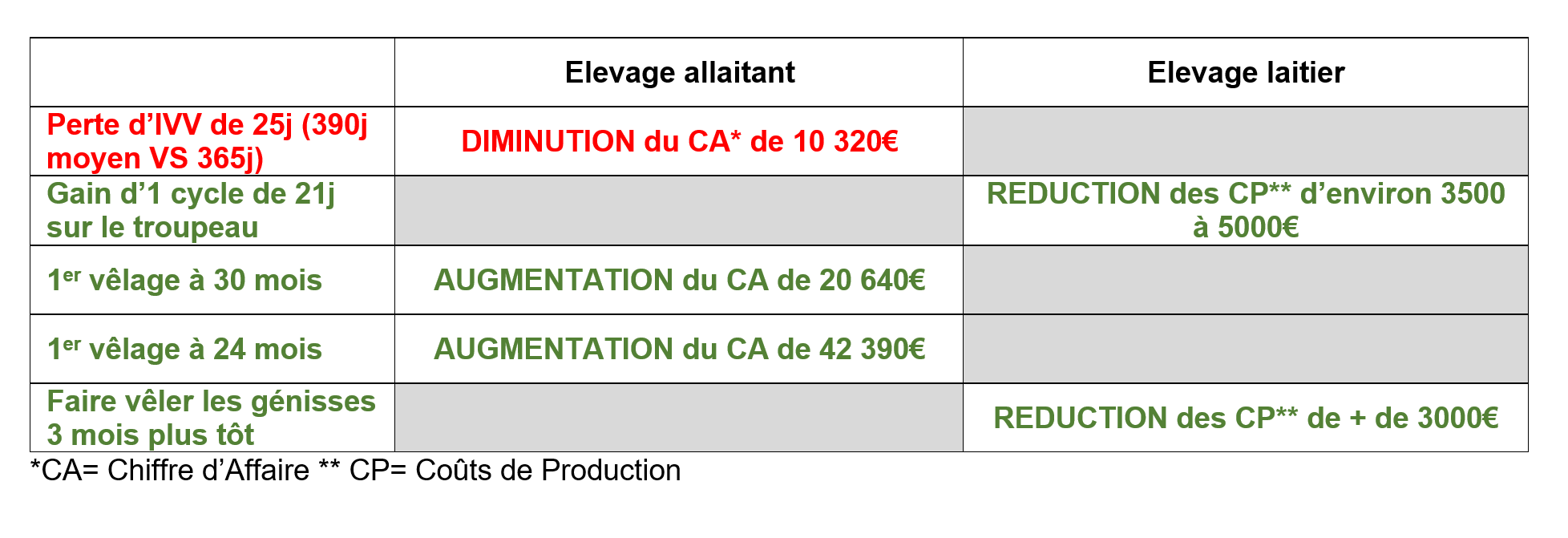
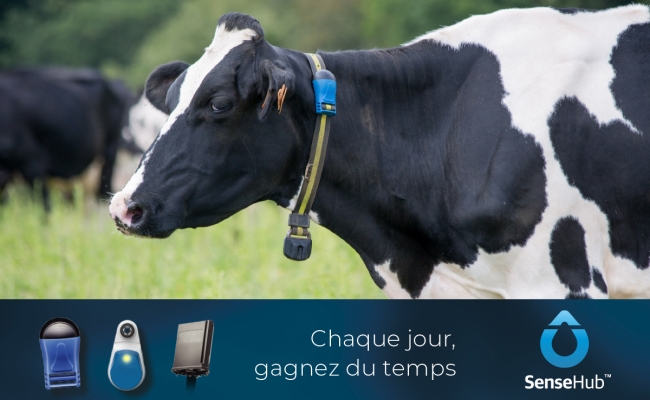
Developed by Allflex in partnership with MSD Santé Animale, the SenseHubTM heat detector is recognized as the most reliable on the market. Originally worn as a collar, or now as an ear loop, it alerts you in real time to females detected in heat, directly on your smartphone via the SCR SenseHub app, or on your computer interface.
To find out more, contact Emmanuel DELCROS, our Monitoring Manager.

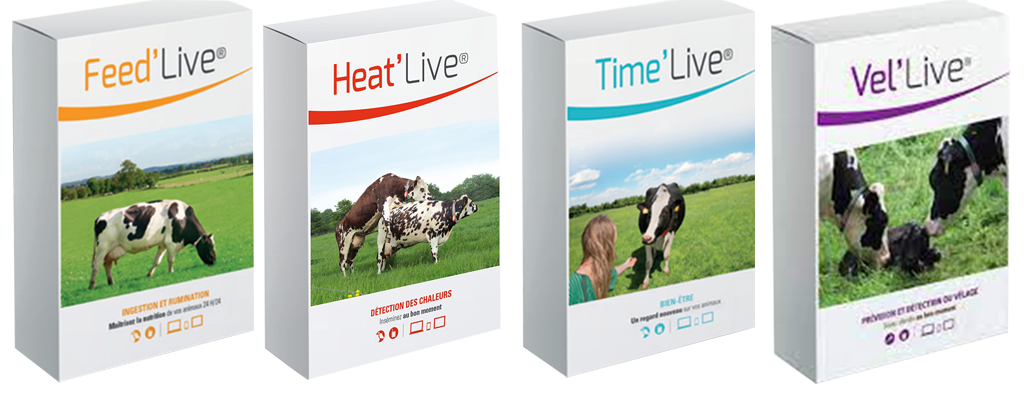
These sensor-equipped collars enable you to monitor the physiological state of your females throughout their productive life. With the FarmLife® Bouquet, which includes 4 packs: Time’Live, Heat’Live, Vel’Live, Feed’Live, you have numerous indicators and alerts for everything to do with reproduction, calving, nutrition, health, well-being and thermal stress. Our cooperative also offers the Vel’Live pack. To find out more, contact Emmanuel DELCROS, our monitoring manager.
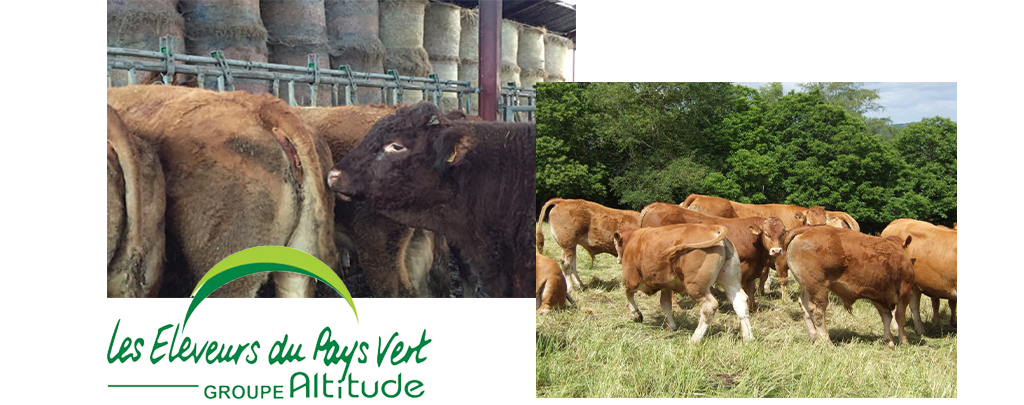 Under general and local anaesthesia, vasectomy involves cutting off the tail of the epididymis, thus rendering the bull infertile but retaining its libido and male behaviour. The introduction of a vasectomized bull can help the female express heat without the mating leading to fertilization. Our vet can rent you vasectomized bulls, or perform a vasectomy on one of your own grazers (preferably from suckler breeds), preferably a calm animal with good libido and legs. To find out more, contact our veterinarian Olivier SOURBE.
Under general and local anaesthesia, vasectomy involves cutting off the tail of the epididymis, thus rendering the bull infertile but retaining its libido and male behaviour. The introduction of a vasectomized bull can help the female express heat without the mating leading to fertilization. Our vet can rent you vasectomized bulls, or perform a vasectomy on one of your own grazers (preferably from suckler breeds), preferably a calm animal with good libido and legs. To find out more, contact our veterinarian Olivier SOURBE.
Self-adhesive, it is applied to the rump of females. A fluorescent color gradually appears with each overlap. When most of the silver surface is scraped off, a bright, fluorescent color is visible, indicating heat:
- Easy to read and use
- Extremely visible
- Quick to bond, no glue or backing required
- Can be used in all weathers.
To find out more, contact Emmanuel DELCROS, our Monitoring Manager.
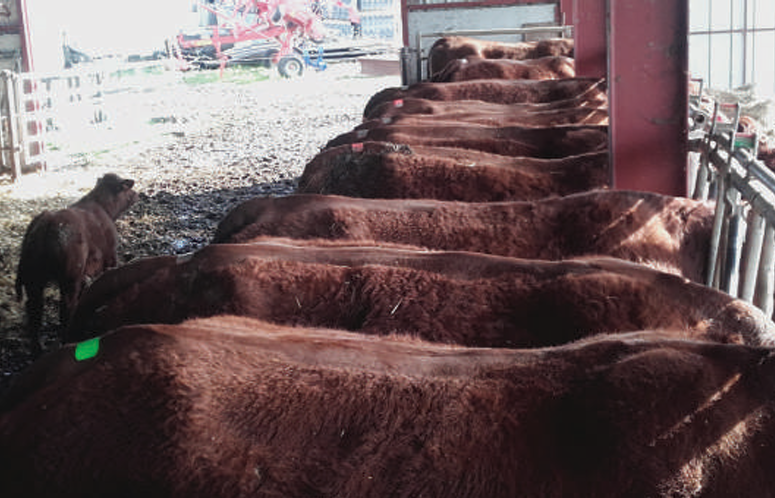
Estrotect Patch
What tools can we use to give us peace of mind when calving?
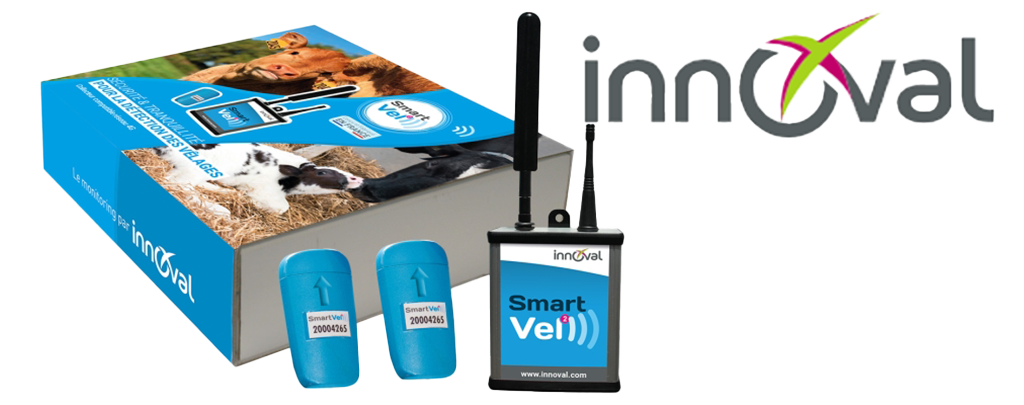
Developed by Innoval, the SmartVel calving detector has won over every breeder who has tried it. Taped to the cow’s tail a few days before the expected calving date, it sends an alert to your smartphone 45 minutes before the calf emerges. Leave it in place for 24 to 48 hours after calving, and it will also alert you in the event of matrix spillage.
To find out more, contact Emmanuel DELCROS, our Monitoring Manager.
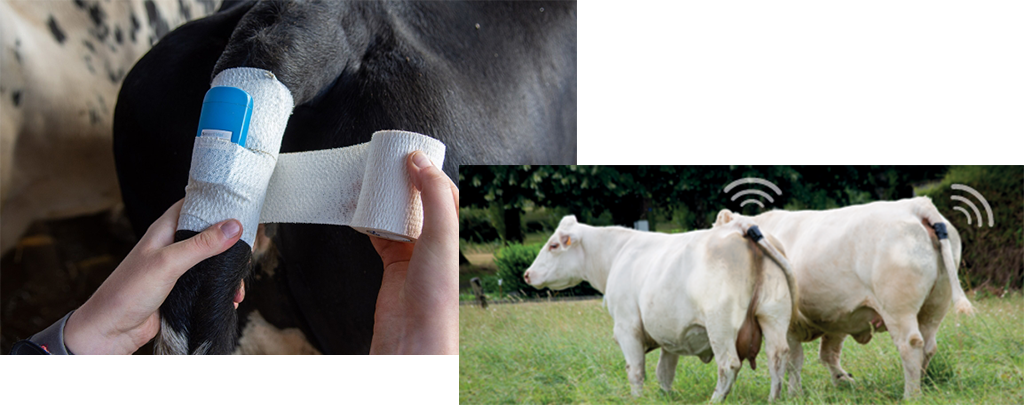
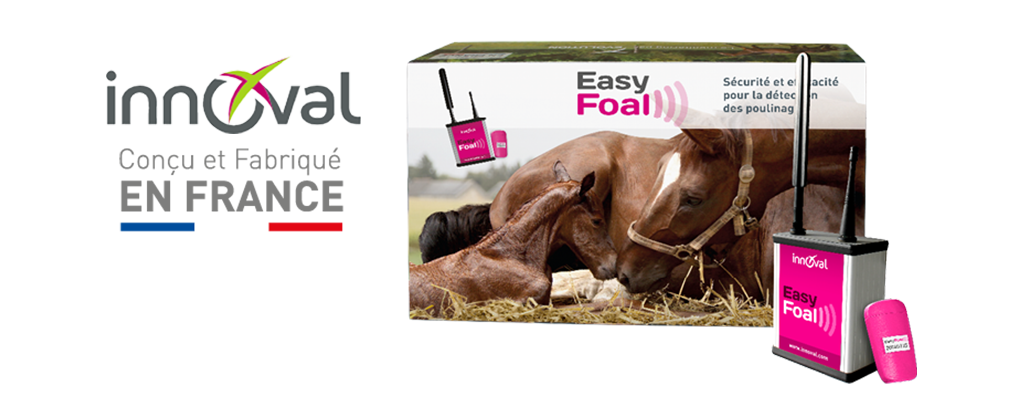 the equivalent of SMARTVEL but designed for broodmares. To find out more, please contact Emmanuel DELCROS, our monitoring manager.
the equivalent of SMARTVEL but designed for broodmares. To find out more, please contact Emmanuel DELCROS, our monitoring manager.
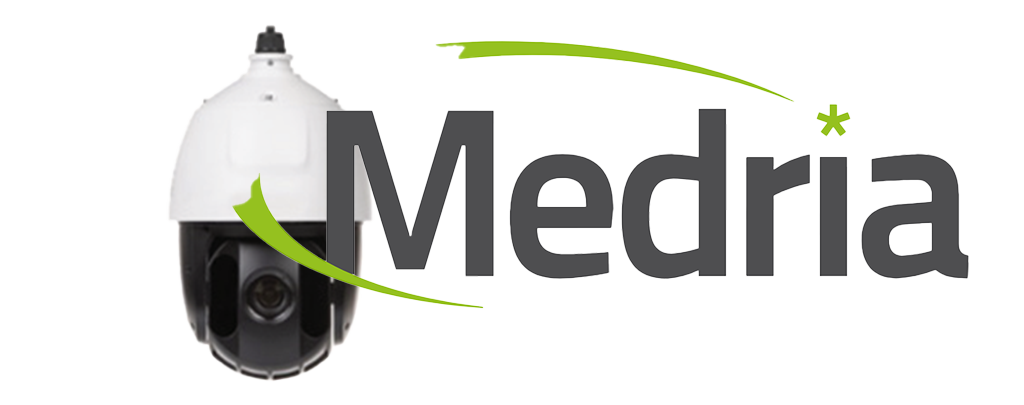 Distributed by MEDRIA, this camera lets you keep an eye on your stalled animals from your smartphone, wherever you are. Simply install the Hik-Connect app. Combined with SMARTVEL sensors, this system is very practical for monitoring calving progress without disturbing the cow, and intervening only when really needed (very long calving, calf stuck, nose bag, matrix). To find out more, contact Emmanuel DELCROS, our monitoring manager.
Distributed by MEDRIA, this camera lets you keep an eye on your stalled animals from your smartphone, wherever you are. Simply install the Hik-Connect app. Combined with SMARTVEL sensors, this system is very practical for monitoring calving progress without disturbing the cow, and intervening only when really needed (very long calving, calf stuck, nose bag, matrix). To find out more, contact Emmanuel DELCROS, our monitoring manager.
What methods can help us manage the reproduction of our females?
Heat induction and grouping protocols
are solutions for breeders looking for rigorous control of the fertility of their production females, a fundamental economic indicator in the constitution of breeders’ income. What are the benefits?
- Keep your heifers in the same calving period at a defined minimum age (24, 30 or 36 months) to facilitate monitoring and the choice of primiparous heifers to keep in your herd after the results of the1st calving (exclusion of females requiring assistance, those lacking milk, or showing aggressiveness, etc.).
- Reduce the VCI (Calving-Calving Interval), especially for primiparous cows, which are naturally longer than for multiparous cows, due to the much more discreet onset of heat after the first calving; but also, to restart cyclicity at a later stage.
- Define strict breeding and calving periods for all or part of your herd
To find out more, contact our veterinary surgeon Olivier SOURBE.
Allows you to determine as soon as possible (at least 35 days after fertilizing AI) whether the female is full or empty. Groupe Altitude inseminators are also trained to carry out ovarian ultrasound scans, which are very useful for determining your animal’s suitability for insemination, especially if you have doubts about heat or if previous AI successes have been unsatisfactory (detection of possible physiological problems with the female reproductive system). To find out more, contact our Technical Manager Dimitri OCTAVIE
What techniques can I use to significantly increase the genetic level of my herd?
Ear cartilage sampling enables us to predict an animal’s genetic level from an early age. This initial information can help you to select the best heifers of the year to keep for renewal, and also to optimize and secure matings by seeking to combine the most economically profitable traits. Another benefit is to be able to make judicious use of sexed semen on the most interesting females. For further information, please contact our Technical Manager Dimitri OCTAVIE.
Allows you to determine as soon as possible (at least 35 days after fertilizing AI) whether the female is full or empty. Groupe Altitude inseminators are also trained to carry out ovarian ultrasound scans, which are very useful for determining your animal’s suitability for insemination, especially if you have doubts about heat or if previous AI successes have been unsatisfactory (detection of possible physiological problems with the female reproductive system). To find out more, contact our Technical Manager Dimitri OCTAVIE
Is a so-called “deep” insemination because, after examination of the genital tract (ovarian ultrasound), the semen is deposited at the bottom of one of the two uterine horns, on the side where ovulation will take place. This technique can be a great help in optimizing AI success with sexed semen from cows, but also in increasing the probability of pregnancy for females that are more difficult to impregnate. To find out more, contact our Technical Manager Dimitri OCTAVIE
Whether you collect embryos from your best females or purchase embryos from the best matings from other breeders, this cutting-edge technique enables you to duplicate or mass-introduce top-level genetics to create the next generation of productive females. To find out more, contact our veterinarian Olivier SOURBE
mineral supplementation: essential for optimizing fertilization and calving
- REPRO GENIC, a mineral feed concentrated in trace elements and vitamins, promotes estrus preparation and reproduction. It stimulates the synthesis of progesterone needed to form the mucous membranes of the uterus to house the embryo and guarantee gestation.
- BETA REPRO +, rich in β-Carotene, improves ovarian function by strengthening oocytes and corpora lutea, inducing better quality follicles and more viable embryos.
To find out more, contact Emmanuel DELCROS, our Monitoring Manager.
For well-prepared calving:
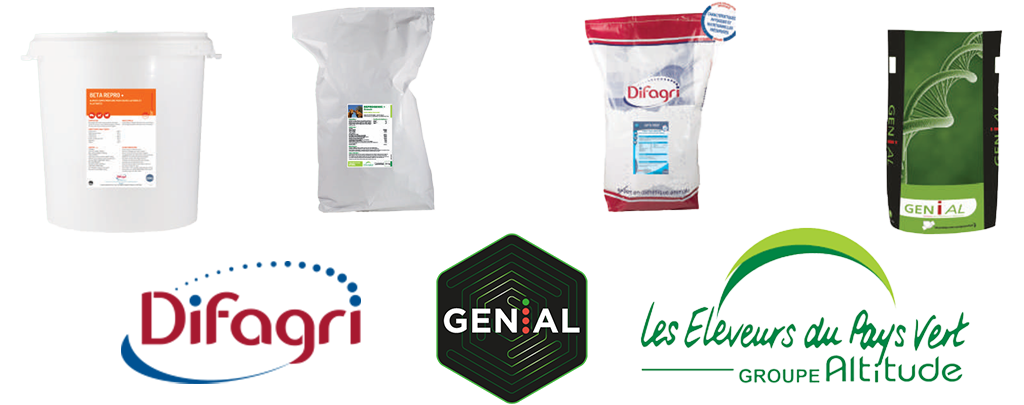
- PREPA FORCE, this mineral feed contains macroelements with a high magnesium content in various forms, including magnesium chloride of marine/sediment origin, as well as zinc and selenium. PREPA FORCE’s negative BACA (Anion-Cation Assay) helps prevent the risk of milk fever. It guarantees rapid, tonic calving, favoring the resumption of ovarian activity and limiting pathologies around parturition. It also contributes to the production of good quality colostrum, helping to improve young cows’ immunity. It can be used throughout the dry period or in preparation for calving.
- GENIAL PREVELAGE is the second mineral solution offered by the cooperative, more specifically designed for calving preparation, helping in particular to anticipate problems of metritis or non-delivery.
To find out more, contact Emmanuel DELCROS, our Monitoring Manager.


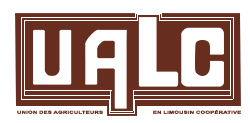



 Under general and local anaesthesia, vasectomy involves cutting off the tail of the epididymis, thus rendering the bull infertile but retaining its libido and male behaviour. The introduction of a vasectomized bull can help the female express heat without the mating leading to fertilization. Our vet can rent you vasectomized bulls, or perform a vasectomy on one of your own grazers (preferably from suckler breeds), preferably a calm animal with good libido and legs. To find out more, contact our veterinarian Olivier SOURBE.
Under general and local anaesthesia, vasectomy involves cutting off the tail of the epididymis, thus rendering the bull infertile but retaining its libido and male behaviour. The introduction of a vasectomized bull can help the female express heat without the mating leading to fertilization. Our vet can rent you vasectomized bulls, or perform a vasectomy on one of your own grazers (preferably from suckler breeds), preferably a calm animal with good libido and legs. To find out more, contact our veterinarian Olivier SOURBE.


 the equivalent of SMARTVEL but designed for broodmares. To find out more, please contact
the equivalent of SMARTVEL but designed for broodmares. To find out more, please contact  Distributed by MEDRIA, this camera lets you keep an eye on your stalled animals from your smartphone, wherever you are. Simply install the Hik-Connect app. Combined with SMARTVEL sensors, this system is very practical for monitoring calving progress without disturbing the cow, and intervening only when really needed (very long calving, calf stuck, nose bag, matrix). To find out more, contact
Distributed by MEDRIA, this camera lets you keep an eye on your stalled animals from your smartphone, wherever you are. Simply install the Hik-Connect app. Combined with SMARTVEL sensors, this system is very practical for monitoring calving progress without disturbing the cow, and intervening only when really needed (very long calving, calf stuck, nose bag, matrix). To find out more, contact 
